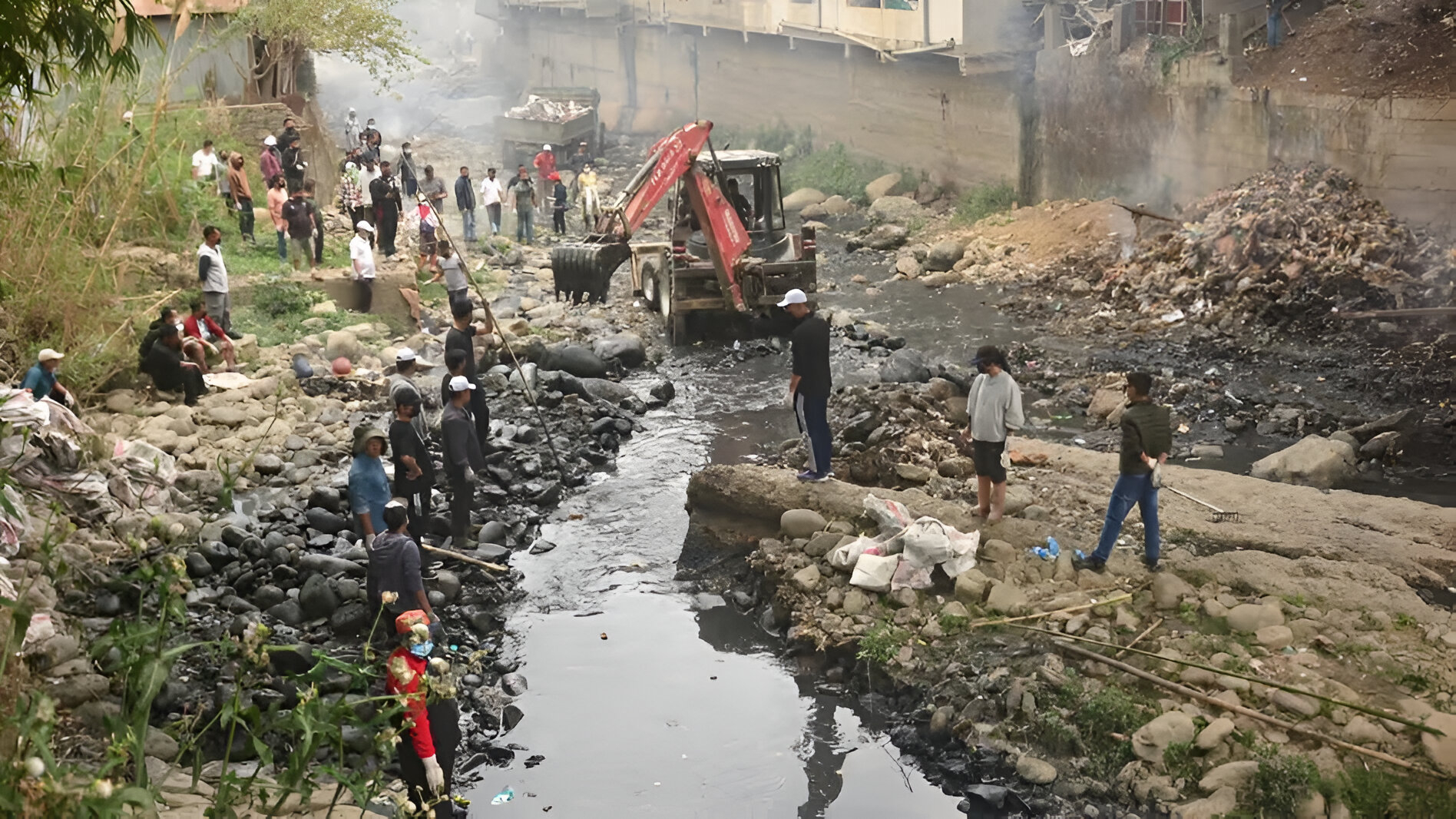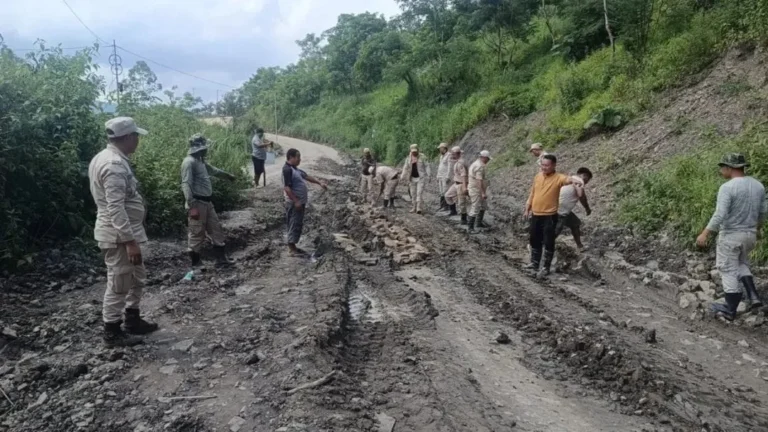Massive Cleanliness Drive Mobilizes 2,000 Volunteers to Restore Senapati River in Manipur
Summary
On March 22, 2025, approximately 2,000 volunteers united for the ‘Clean Senapati River Campaign’ in Manipur, covering an 8-kilometer stretch from Mt. Everest College parking to Kathikho Karong. This initiative, organized by the Senapati District Administration, aimed to combat pollution and rejuvenate the river, emphasizing community engagement and environmental responsibility.
The Heart of Manipur: Senapati River
Imagine the Senapati River as the lifeblood of its community, weaving through the heart of Manipur, nourishing lands, and sustaining livelihoods. Over time, however, this vital artery faced the choking grip of pollution, threatening the very essence of life it once abundantly supported.
A Community’s Call to Action
When a river that has silently served its people starts to ail, it’s akin to a beloved family member falling ill. The community’s response? A collective determination to heal and restore. This sentiment culminated in the ‘Clean Senapati River Campaign’ on March 22, 2025. An impressive 2,000 individuals from various walks of life converged with a shared mission: to revive the ailing river.
Strategic Planning: Dividing to Conquer
Tackling an 8-kilometer stretch of river is no small feat. The organizers, understanding the magnitude of the task, divided the river into five zones. Each zone had dedicated supervisors:
- Zone 1: S. Lunguiba Thangal, MCS, SDO, PurulE-Pao+1Manipur+1
- Zone 2: Sheveine, MCS, SDO, TadubiE-Pao
- Zone 3: Reikimdaar Khaling, MCS, SDO, Paomata
- Zone 4: Panii James, MCS, SDO, Phaibung Chillivai
- Zone 5: Ningreingam Leisan, MCS, ADM, Mao
This segmentation ensured meticulous attention to every segment of the river, maximizing the efficiency of the cleanup efforts.
Unified Effort: Beyond Government Endeavors
While government officials played pivotal roles, the campaign’s strength lay in its inclusivity. Various government departments, civil society organizations (CSOs), student bodies, and educational institutions collaborated, reflecting a tapestry of unity. Such diverse participation underscores the community’s recognition that environmental stewardship is a collective responsibility.E-Pao
The Cleanup in Action
Armed with gloves, tools, and an unwavering spirit, volunteers embarked on the cleanup. Their efforts culminated in the collection of approximately 40 tonnes of mixed waste—a testament to both the river’s plight and the community’s dedication to its revival.
Beyond Cleanup: Addressing the Root Causes
Recognizing that cleaning the river is but a temporary solution without addressing the sources of pollution, the campaign also focused on:
- Identifying Pollution Sources: Earlier surveys pinpointed structures like toilets and pigsties discharging waste directly into the river.
- Community Engagement: Residents were educated about the detrimental effects of river pollution, fostering a sense of ownership and responsibility.
- Sustainable Practices: Emphasis was placed on proper waste disposal methods to prevent future contamination.
Leadership Spearheading Change
The campaign was graced by the presence of key figures:
- Mamoni Doley, IAS: Deputy Commissioner of Senapati, whose leadership was instrumental in orchestrating the campaign.E-Pao+2E-Pao+2E-Pao+2
- Rang David Kung, MCS: ADM/ADC, Senapati, who played a pivotal role in mobilizing resources and personnel.
- Adahrii Maheo, MCS: ADC/CEO, Senapati, whose strategic insights ensured the campaign’s success.E-Pao
Their collective vision and commitment galvanized the community, turning aspirations into tangible outcomes.
The Ripple Effect: Inspiring Future Initiatives
The success of the ‘Clean Senapati River Campaign’ serves as a beacon of hope and a model for other communities. It demonstrates that with unity, strategic planning, and unwavering commitment, environmental degradation can be reversed. The campaign’s momentum is set to continue with follow-up drives, ensuring that the river remains a pristine legacy for future generations.
FAQs
- What prompted the ‘Clean Senapati River Campaign’?
- The increasing pollution levels in the Senapati River, which threatened local ecosystems and community health, spurred the campaign.NE India Broadcast -+4Northeast Today+4E-Pao+4
- How was the cleanup operation organized?
- The 8-kilometer river stretch was divided into five zones, each overseen by designated officials to ensure systematic cleaning.
- Who participated in the cleanliness drive?
- Approximately 2,000 individuals, including government officials, CSOs, student bodies, and local residents, participated in the drive.
- What measures are being taken to prevent future pollution?
- The campaign includes community education on proper waste disposal and addressing direct waste discharge sources into the river.Northeast Today
- Will there be future cleanup initiatives?
- Yes, follow-up drives are planned, with the next focusing on identified black spots scheduled for March 25.India Today




